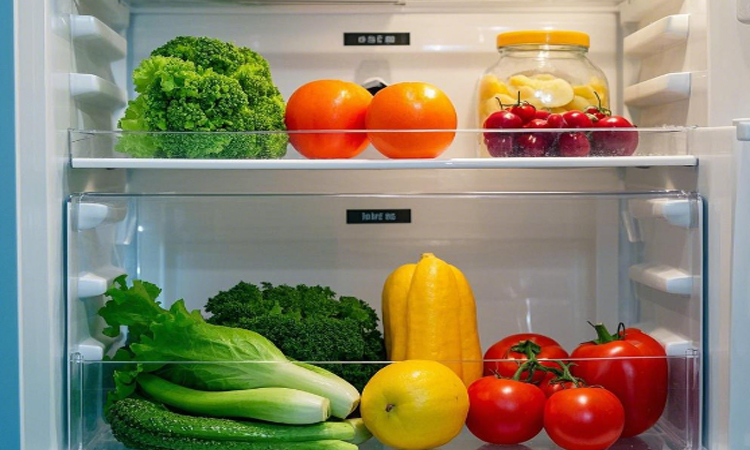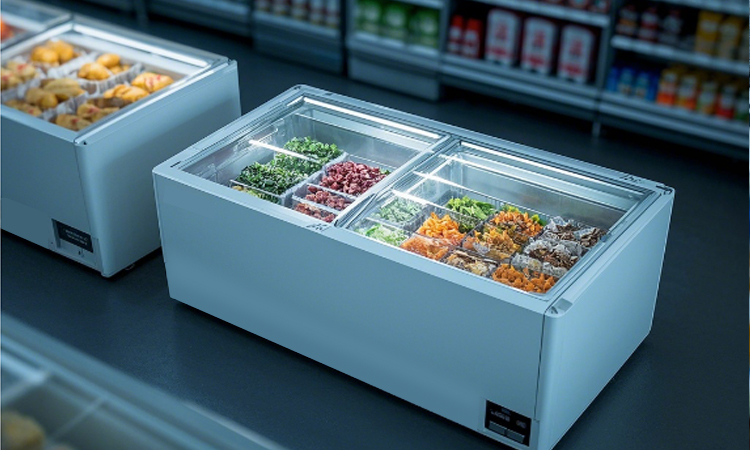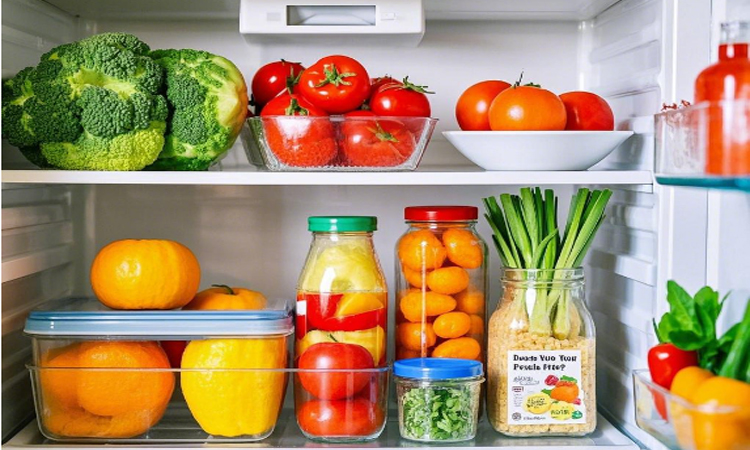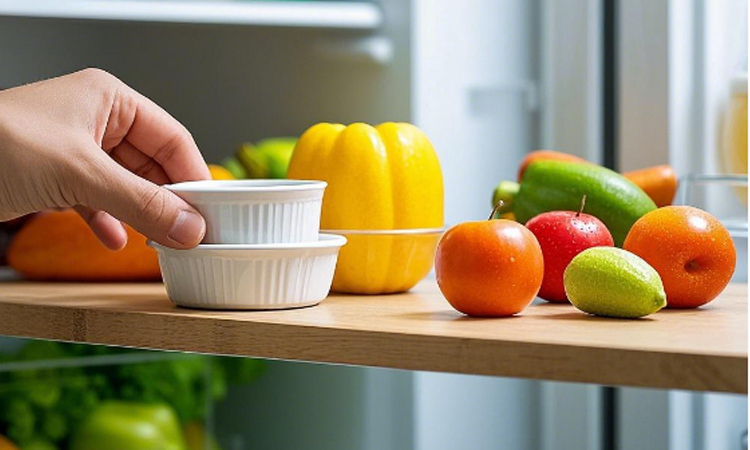
When it comes to retail spaces, the efficiency of product display is paramount. One common concern among business owners is whether investing in a mini commercial display cabinet is a wise decision, especially from an energy consumption perspective. The compact size of these cabinets might suggest lower energy usage, but is this always the case? Let's explore the factors that contribute to the energy consumption of these cabinets and how they can be managed for optimal efficiency.
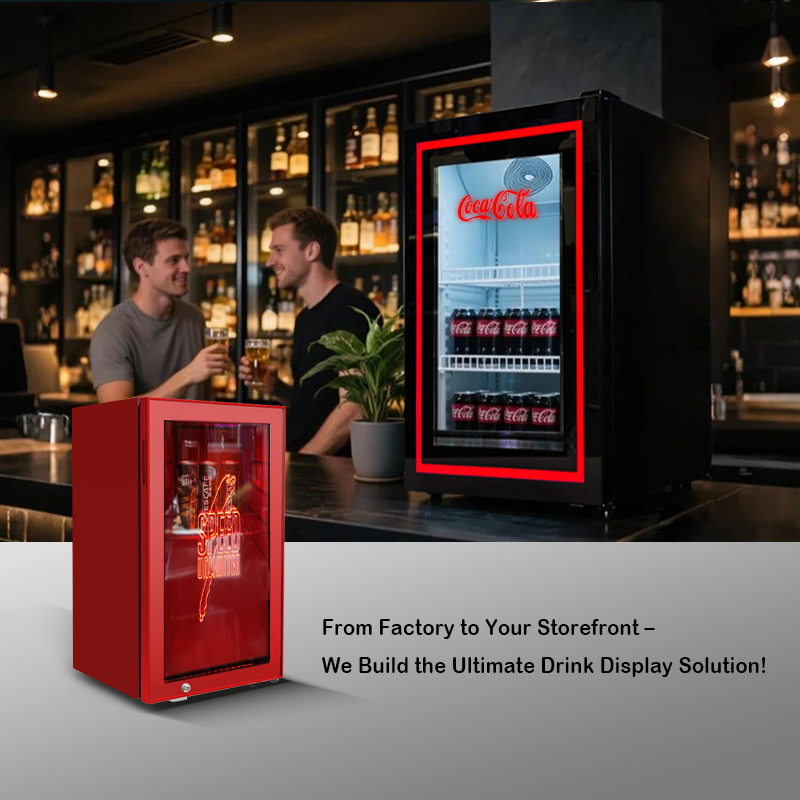
Energy Efficiency in Design
Mini commercial display cabinets are designed with space optimization in mind. Despite their small footprint, they often incorporate advanced technology to maintain the desired temperature for displayed products. This technology can range from simple insulation to more complex temperature control systems. The energy efficiency of these cabinets is largely determined by the quality of their insulation and the efficiency of their cooling systems. High-quality insulation can significantly reduce the amount of energy needed to maintain the internal temperature, thus reducing electricity bills.
Temperature Control and Settings
The way these cabinets are used also plays a crucial role in their energy consumption. For instance, setting the temperature too low can lead to excessive energy use. It's important to find the right balance that keeps products fresh without overworking the cooling system. Additionally, ensuring that the cabinet is not opened too frequently can also help maintain a consistent temperature and reduce the need for the system to work harder to cool down the cabinet again.
Comparative Analysis with Traditional Models
When compared to traditional, larger display cabinets, mini commercial display cabinets often use less energy due to their smaller size and more efficient design. However, this is not a hard and fast rule, as the actual energy consumption can vary greatly depending on the specific model and how it is used. It's essential to compare energy ratings and user reviews when considering a purchase to ensure that the cabinet will meet your energy efficiency needs.
Environmental and Cost Benefits
From an environmental standpoint, using energy-efficient display cabinets can significantly reduce a business's carbon footprint. This not only helps in conserving energy but also aligns with the growing consumer demand for sustainable practices. Moreover, the cost savings from reduced energy consumption can be substantial over time, making it a smart investment for businesses looking to cut down on operational expenses.
Maintenance and Upkeep
Proper maintenance of these cabinets is also key to ensuring they operate at peak efficiency. Regular cleaning of the condenser coils and ensuring that the cabinet is not blocked or obstructed can help maintain airflow and prevent the cooling system from working harder than necessary. Investing in regular maintenance can pay off in the long run by keeping energy consumption low and extending the life of the cabinet.
Conclusion
In conclusion, while mini commercial display cabinets can be energy-consuming, their efficiency largely depends on the model, usage patterns, and maintenance. By choosing a high-quality, energy-efficient model and following best practices for operation and maintenance, businesses can enjoy the benefits of an effective display solution without incurring excessive energy costs. The decision to invest in a mini commercial display cabinet should be based on a comprehensive assessment of these factors to ensure it aligns with the business's sustainability and cost-saving goals.


